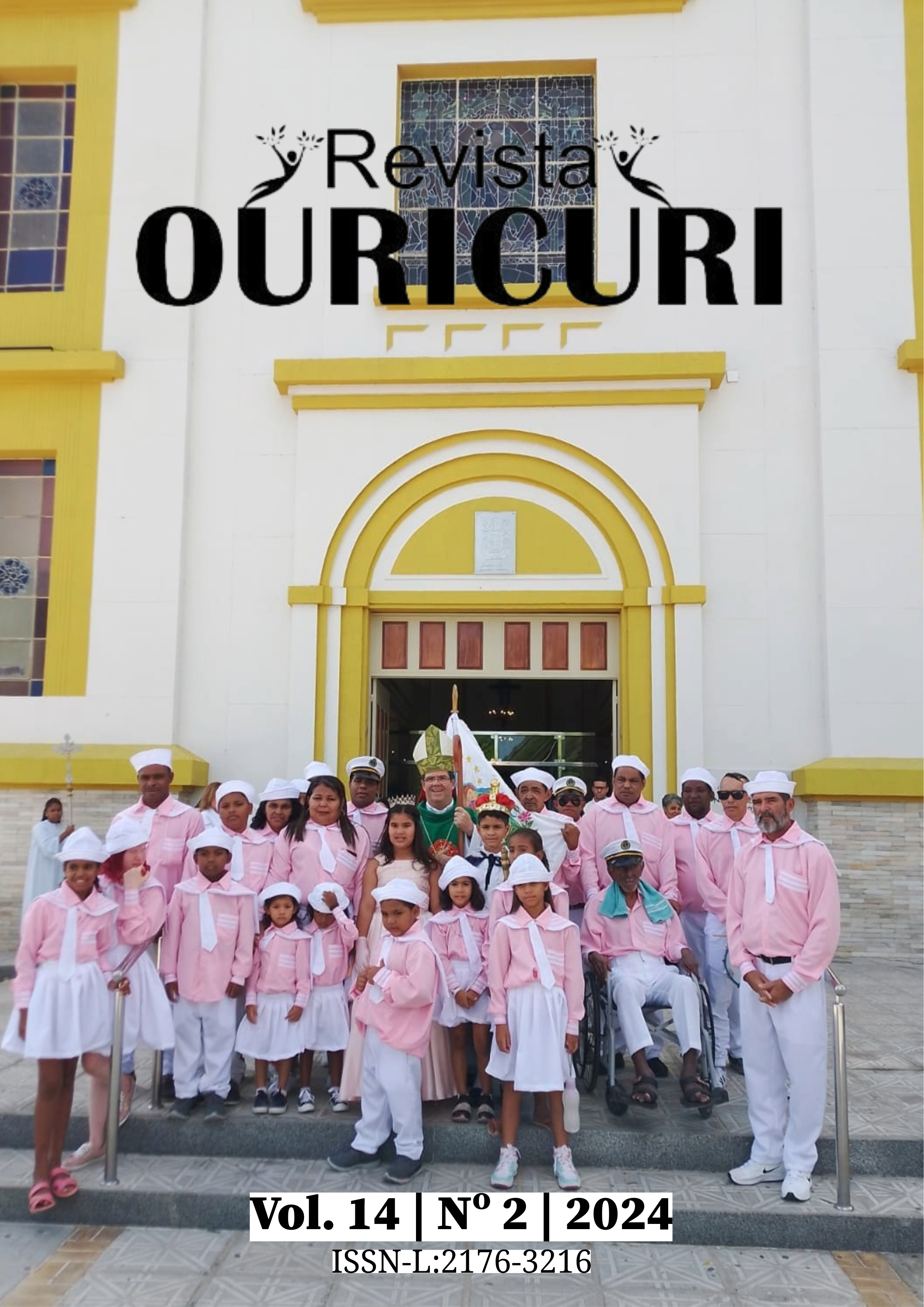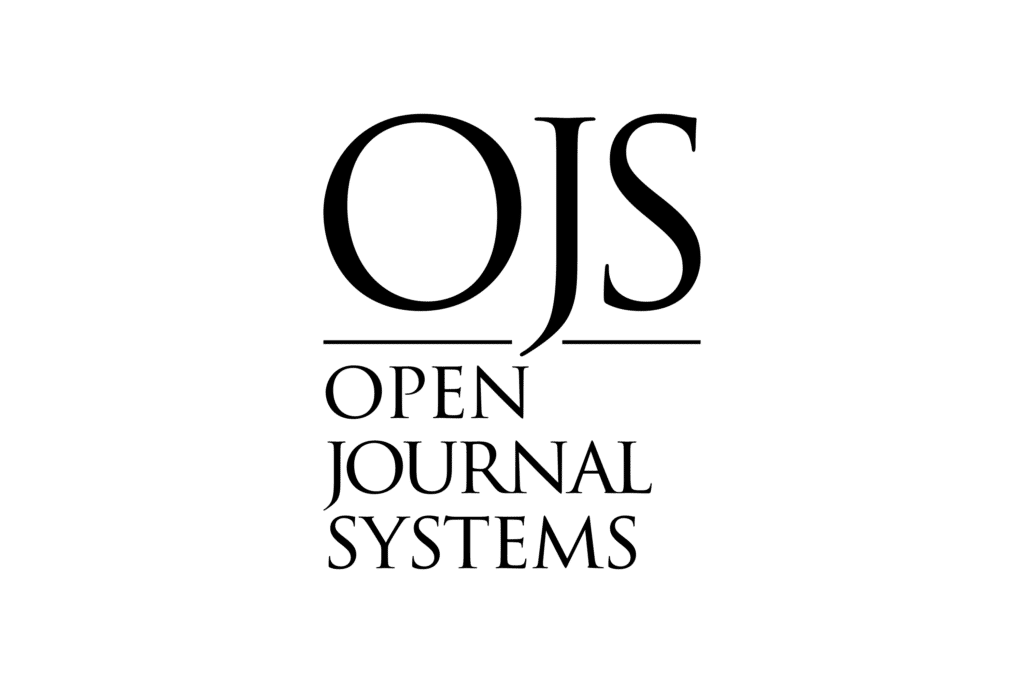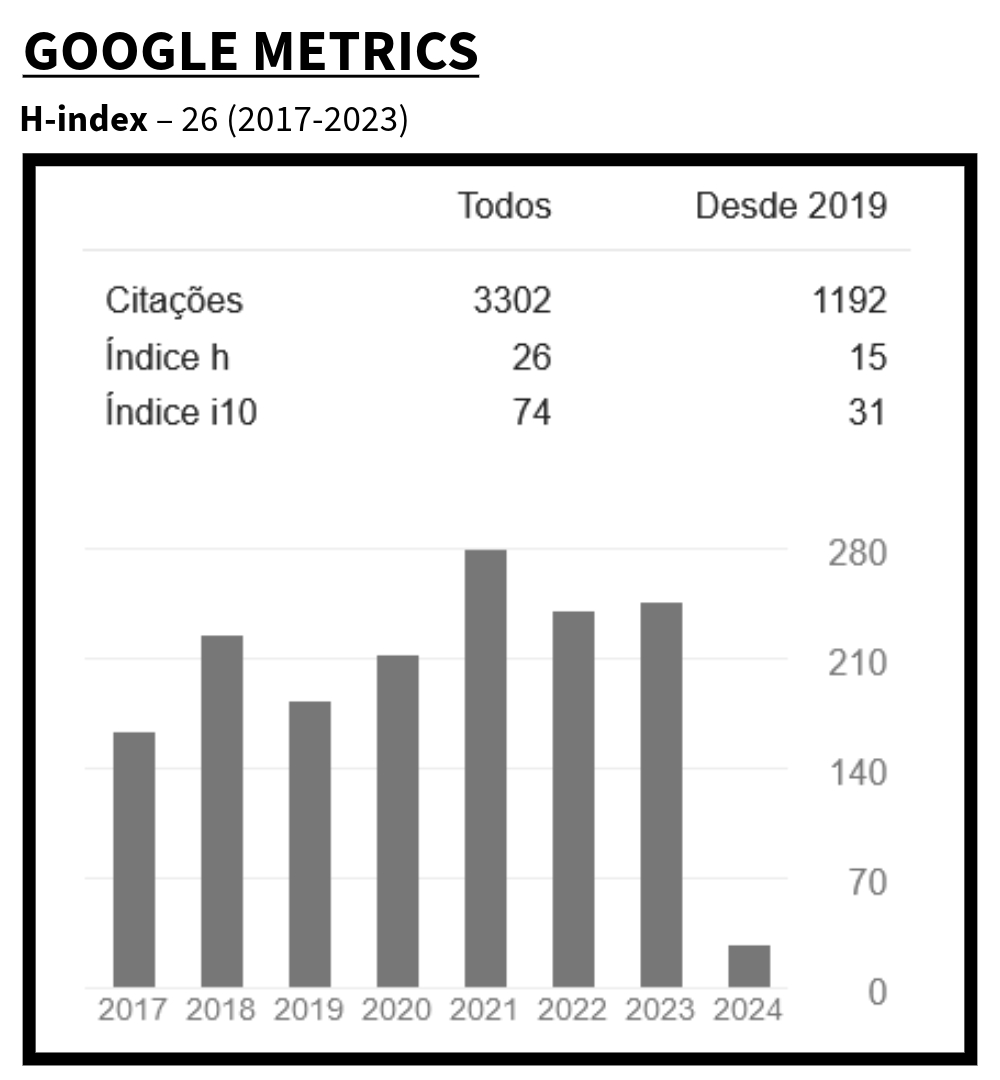Sisal fiber certification as a quality externalization tool
DOI:
https://doi.org/10.59360/ouricuri.vol14.i2.a19648Keywords:
agave sisalana, production, regional developmentAbstract
Agaveiculture is an important agricultural activity in the Brazilian semi-arid region, especially in the state of Bahia. Its exploration in Brazil dates back to the beginning of the 20th century and is considered a commodity. However, when it comes to quality management in this production chain, it appears that the regulations on its certification are very recent. This work aimed to determine the current state of Quality Management in the sisal production chain based on the performance of organizations operating in the natural sisal fiber sector, through the concept and application of certification. The methodology used comprised the collection of secondary data in the literature and the application of an electronic form for the collection of primary data about quality management and certification and the subsequent discussion related to the reality of the actors involved in agaveiculture in the state of Bahia. It was concluded that the actors involved present a duality of application of quality management tools and concepts, denoting that there is a need for stronger work on the importance of quality management and certification for the entire sisal production chain. From this observation, it became clear that the production of natural sisal fiber requires application and tools that improve the quality of the product to guarantee market share in the natural fiber sector.
Downloads
References
ASSOCIAÇÃO BRASILEIRA DE NORMAS TÉCNICAS. ABNT Certificadora. Disponível em: https://www.abnt.org.br/sobre-a-certificacao/. Acesso em: 12 out. 2023.
ASSOCIAÇÃO BRASILEIRA DE NORMAS TÉCNICAS. ABNT NBR ISO 9001:2015. Sistema de gestão da qualidade: requisitos. Rio de Janeiro: 2015, 32p.
Cavalcante, G. T. de O. Diagnóstico dos principais indicadores socioambientais do sisal no recorte geográfico de Pocinhos/PB. 2021. 121f. Dissertação (Mestrado em Desenvolvimento Regional) - Universidade Estadual da Paraíba, Campina Grande. 2021.
Gomes, S. N. Implementação e certificação de um sistema de gestão da qualidade numa empresa industrial.278f. Dissertação (Mestrado em Engenharia Mecânica e Gestão Industrial) - Escola Superior de Tecnologia e Gestão, Viseu. 2022.
Guimarães Filho, C.; Silva, P. C. G. da. Indicação geográfica, uma certificação estratégica para os produtos de origem animal da agricultura familiar do semiárido. Revista Econômica do Nordeste, 45(5), 114-123, 2014.
INSTITUTO NACIONAL DE METROLOGIA, QUALIDADE E TECNOLOGIA. Certificados válidos no Brasil. Disponível em: https://certifiq.inmetro.gov.br/Grafico/CertificadosValidosBrasil. Acesso em: 12 out. 2023.
INSTITUTO NACIONAL DE METROLOGIA, QUALIDADE E TECNOLOGIA. Sistema Brasileiro de Certificação (SBC). Disponível em: https://certifiq.inmetro.gov.br/qualidade/comites/sbc.asp. Acesso em: 12 out. 2023.
INSTITUTO NACIONAL DE METROLOGIA, QUALIDADE E TECNOLOGIA. Portaria n.º 196, de 21 de agosto de 2006. Regulamento de Avaliação da Conformidade para Fibras Beneficiadas de Sisal, de caráter voluntário. Disponível em: https://certifiq.inmetro.gov.br/legislacao/rtac/pdf/RTAC001056.pdf. Acesso em: 12 out. 2023.
Maekawa, R.; Carvalho, M. M. De; Oliveira, O. J. de. Um estudo sobre a certificação ISO 9001 no Brasil: mapeamento de motivações, benefícios e dificuldades. Gestão & Produção, 20, 763-779, 2013.
Marone, M. P.; Campanari, M. F. Z.; Raya, F. T.; Pereira, G. A. G.; Carazzolle, M. F. Fungal communities represent the majority of root-specific transcripts in the transcriptomes of Agave plants grown in semiarid regions. PeerJ, 10, e13252, 2022.
Martin, A. R.; Martins, M. A.; Mattoso, L. H.; Silva, O. R. Caracterização QuÌmica e Estrutural de Fibra de Sisal da Variedade Agave sisalana. Polímeros: Ciência e Tecnologia, 19(1), 40-46, 2009.
Mendonça, P. M. E. A Profissionalização do Campo do Desenvolvimento Rural na Região do Sisal. 264f. Tese (Doutorado em Administração Pública e Governo) - Fundação Getúlio Vargas, São Paulo. 2009.
Queiroga, V. de P. Sisal (Agave sisalana, Perrine): Tecnologias de plantio e utilização. 1ed. Campina Grande: AREPB, 2021.
Rakesh, V.; Mounika, A.; Manasa, B.; Sharma, J. V. C.; Gupta, A. V. S. S. S. A Review On Poisonous Plants: Medicinal Uses and Human Threats. International Journal of Research in Engineering, Science and Management, 5(1), 98–103, 2022.
Shahzad, S.; Hussain, M.; Arfan, M.; Munir, H. Physiological and biochemical attributes of agave sisalana resilient adaptation to climatic and spatio-temporal conditions. Pak. J. Bot, 54(1), 169-178, 2022.
Santos, E. M. C.; Silva, O. A. da. Sisal na Bahia - Brasil. Mercator, 16, e16029, 2017.
Santos, E. M. C.; Coelho Neto, A. S.; Silva, O. A. da. De Região Sisaleira a Território do Sisal: desvelando as nuances do processo de delimitação da diferenciação espacial no Semiárido Baiano. GeoTextos, 11(2), 2015.
Teixeira, H. J. L. A Alocação dos desvios normativos em auditoria pela norma ISO 9001:2015: Estudo da tendência de não conformidades em relatórios de auditoria de 1ª parte. Instituto Superior Miguel Torga, Coimbra. 2023. 57p.
Viana, G. Gestão Integrada da Qualidade: ISO 9000/9001: 2015. Ciência & Inovação, 5(1), 2020.
Published
How to Cite
Issue
Section
License
Copyright (c) 2024 Rafael Rodrigo Ferreira de Lima

This work is licensed under a Creative Commons Attribution-NonCommercial 4.0 International License.
Authors who publish in this journal agree to the following terms:
a) Authors maintain copyright and grant the magazine the right of first publication, with the work simultaneously licensed under the Creative Commons Attribution License which allows sharing of the work with recognition of authorship and initial publication in this magazine.
b) Authors are authorized to enter into additional contracts separately, for non-exclusive distribution of the version of the work published in this journal (e.g., publishing in an institutional repository or as a book chapter), with recognition of authorship and initial publication in this journal.
c) Authors are allowed and encouraged to publish and distribute their work online (e.g. in institutional repositories or on their personal page) as this can increase the impact and citation of the published work (See The Effect of Open Access).













 B1 (2017-2020)
B1 (2017-2020)



















